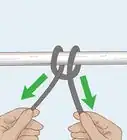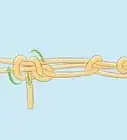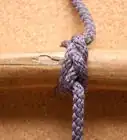This article was co-authored by wikiHow Staff. Our trained team of editors and researchers validate articles for accuracy and comprehensiveness. wikiHow's Content Management Team carefully monitors the work from our editorial staff to ensure that each article is backed by trusted research and meets our high quality standards.
There are 15 references cited in this article, which can be found at the bottom of the page.
This article has been viewed 28,433 times.
Learn more...
A stopper knot is any knot used at the end of a line to stop the line from unraveling or passing through a hole or device. They are commonly used in activities like fishing, sailing, climbing, and jewelry making. There are many varieties of stopper knots you can make; which knot you choose depends on your needs, time, and skill level.
Steps
Tying Simple Stopper Knots Quickly
-
1Make a figure 8 knot to stop a sailing rope from sliding into the mast. First, form a loop by crossing the end of the line or "tail" over the middle part of the line. Then, just twist the loop away from the tail, making one full rotation. To finish, pull the tail through the loop from behind and tighten by pulling both ends, forming a figure 8.[1]
- This knot is the simplest and most common and will be a cinch to master with just a little practice.
- You can also use this knot in jewelry-making to create the beginning and end of a bracelet or necklace.
-
2Create a figure 8 knot on a doubled line to make a stopper with a handle. To start, double the line, forming a bend or "bight." Then, hold the two sides of the line together and make another bight in the line. Grab the first bight, wrap it behind the line and pass it through the top of the first bight. Pull tightly on the line and the first loop to finish the knot and create a handle.[2]
- A bight is an open loop in a rope or other line that is formed away from the ends. Think of it like a tight bend in a road.
- These knots are good when you need a strong knot with a handle, such as in rescue work or in rappelling.
Advertisement -
3Use a double overhand knot as a backup for a larger stopper knot. To make this knot, create a loop in the end of the line, leaving a little tail.[3] Tuck the tail through the loop, making a single overhand knot. Before pulling tight, wrap the tail around the outside of the loop and pull through the loop again until you have a tight knot.
- To make sure you did the knot correctly, check to make sure there is an X on one side of the knot and the two parallel lines on the other.[4]
- This knot does not undo easily, so it's great for climbing, especially for rappelling or making rope halters.[5]
Forming Bigger and More Secure Stopper Knots
-
1Make an Ashley stopper knot if you need a really bulky and secure knot. First, form a loop using the end of the line or "tail" and pass the tail behind loop, bringing it back up over the top of it, creating a second, smaller loop where it crossed over the line. Then, pass the tail through the top of second loop and then back up the underside of the first loop. Finally, pull the tail and the line tight in opposite directions to finish the knot.[6]
- Inspect your knot by ensuring that you have made three loops, forming a flower shape.[7]
- The Ashley stopper knot is great for making beaded jewelry or securing a fishing lure to a line.
-
2Form a simple figure 8 knot into a double figure 8 knot for added bulk. Start with a simple figure 8 knot, leaving a long tail on the end. Feed the tail back through the knot, tracing your original knot all the way through, forming a second figure 8. Pull tightly on each strand individually to secure in place.[8]
-
3Tie a bowline knot to form a lasso at the end of your line. To begin, form a loop using the tail of the line. Pull the tail up through the backside of the loop, then behind the standing line, just above the loop. Last, pull the tail back through the loop again and tighten into place by pulling hard on both the tail and the standing line.[11]
- To make a double bowline, simply make a double loop at the beginning and run the tail through the same way.[12]
- There is a short well-known saying to help you remember the bowline knot: “The rabbit comes out of the hole, goes around the back of the tree, and then jumps back into the hole.”[13] In the saying, the rabbit is the working line, while the hole is the loop and the tree is the standing line.
- Double bowline knots are strong and difficult to untie, so they are good for securing your harness when climbing or for make rope tree swings.[14]
-
4Secure a tarp or tent with a Stevedore knot. To begin this knot, make a loop in one end of the line. Pull the tail end behind the loop and back down over the top of where the two sides of the line originally crossed. Then, pass the line one more time behind the loop and pull it through the top of the loop. To finish the knot, pull the tail and the standing line in opposite directions to tighten.[15]
- This knot is great for times that you want to temporarily secure something like a tarp or tent because it is strong but unties easily.[16]
Warnings
- If you're a beginner climber and using these knots to secure your ropes, it’s best to have a seasoned climber inspect your knots to ensure they are tight and safely tied.⧼thumbs_response⧽
References
- ↑ https://www.youtube.com/watch?v=_0lIkq0PJCs&feature=youtu.be&t=2
- ↑ http://www.101knots.com/figure-8-on-a-bight.html
- ↑ https://www.youtube.com/watch?v=ks-eTbL8j50&feature=youtu.be&t=5
- ↑ https://www.youtube.com/watch?v=arhj2wlWZw4&feature=youtu.be&t=32
- ↑ http://www.101knots.com/double-overhand-knot.html
- ↑ http://www.101knots.com/stopper-knot-ashley-stopper-knot.html
- ↑ https://www.youtube.com/watch?v=oUSidC2AenY&feature=youtu.be&t=190
- ↑ http://www.101knots.com/figure-8-follow-through.html
- ↑ https://www.youtube.com/watch?v=GFlwrvggas0&feature=youtu.be&t=56
- ↑ http://www.101knots.com/double-figure-8-knot.html
- ↑ https://www.netknots.com/rope_knots/bowline
- ↑ https://www.netknots.com/rope_knots/double-bowline-knot
- ↑ https://www.sailmagazine.com/diy/seven-essential-knots-for-sailors
- ↑ http://www.101knots.com/double-bowline-knot.html
- ↑ http://www.101knots.com/stevedore-knot.html
- ↑ http://www.101knots.com/stevedore-knot.html



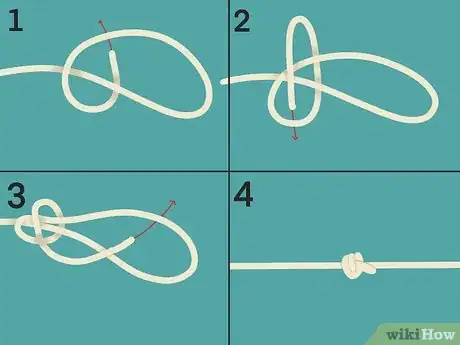
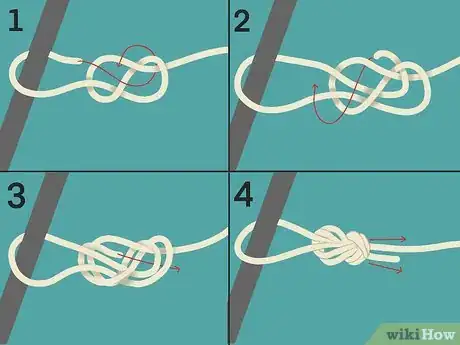
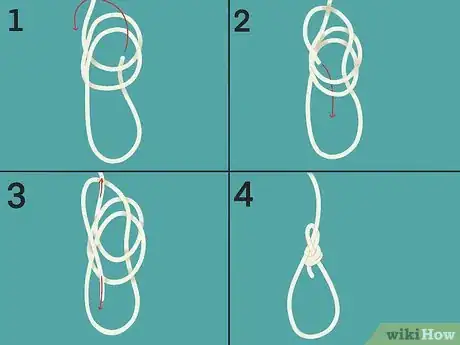
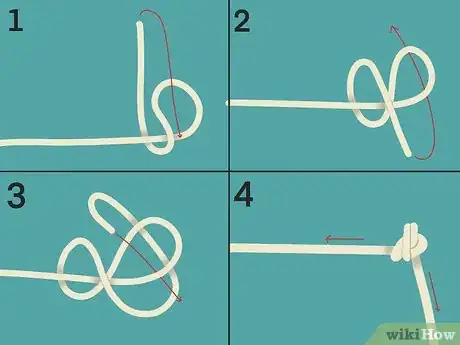
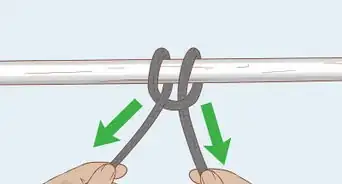
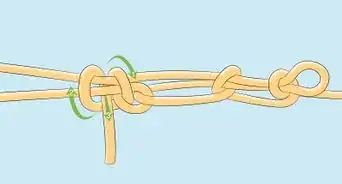
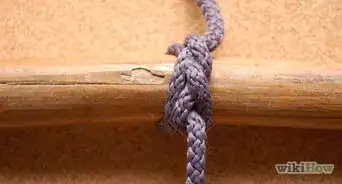
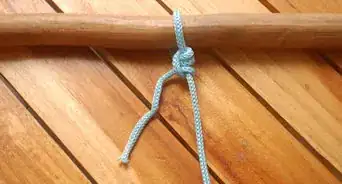
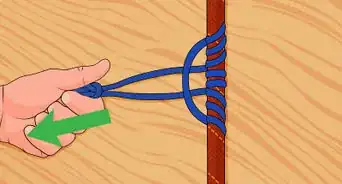
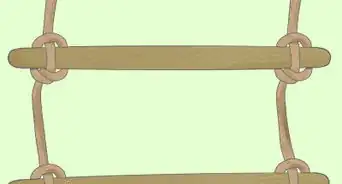







-Step-11-Version-2.webp)
